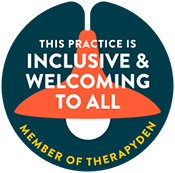Retroactive jealousy is the uncomfortable feelings triggered by your partner’s past relationships or experiences. It can be surprisingly common, yet it may leave you feeling isolated, ashamed, or confused. Whether it is fixating on exes, overanalyzing old social media posts, or imagining past romantic encounters, many individuals silently grapple with these intrusive thoughts and wonder if their emotional reactions are healthy or harmful.
In this blog post, we will explore the psychology behind retroactive jealousy, why it happens, and most importantly, whether it is considered "normal." Understanding this phenomenon can help you navigate your emotions with greater clarity and compassion while distinguishing between manageable insecurity and deeper emotional patterns that may need attention.





















